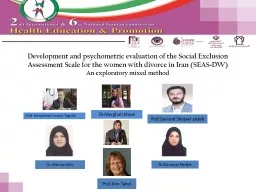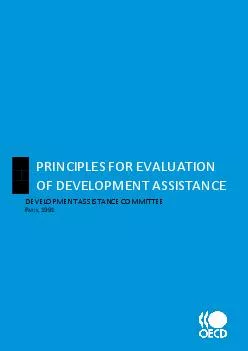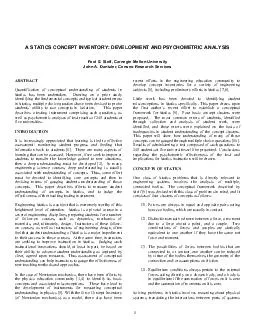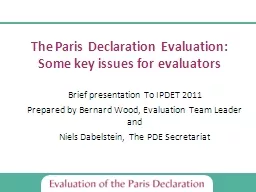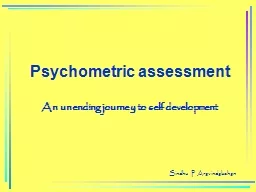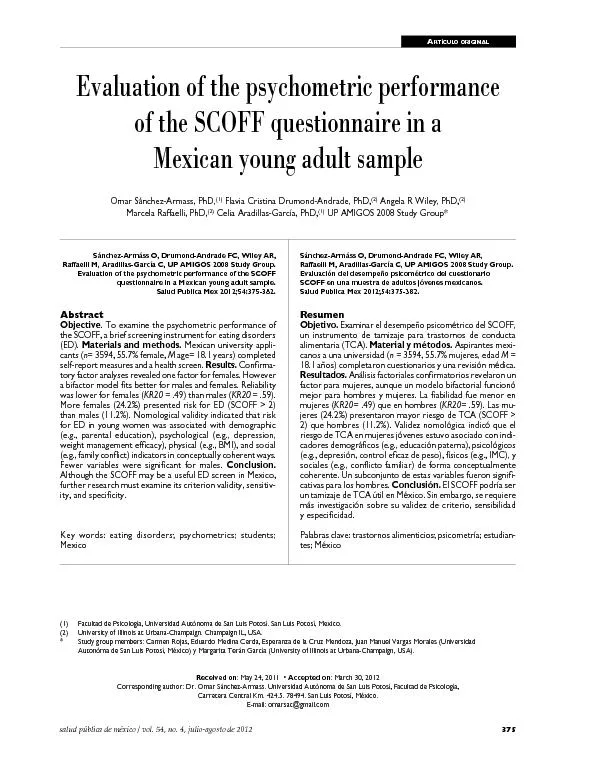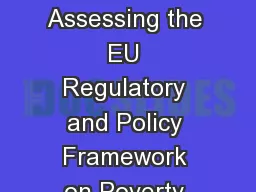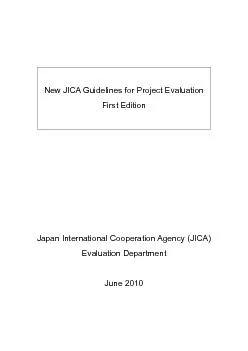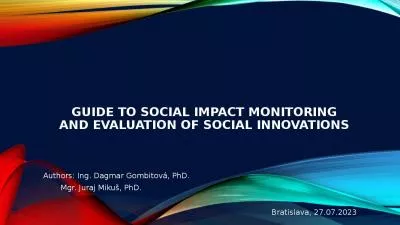PPT-Development and psychometric evaluation of the Social Exclu
Author : test | Published Date : 2016-03-26
DW An exploratory mixed method Prof Mohammad Hossein Taghdisi DrMerghati khoei Dr Mahnaz Solhi DrSahranaz Nedjat ProfDavood Shojaei zadeh ProfAnn Taket
Presentation Embed Code
Download Presentation
Download Presentation The PPT/PDF document "Development and psychometric evaluation ..." is the property of its rightful owner. Permission is granted to download and print the materials on this website for personal, non-commercial use only, and to display it on your personal computer provided you do not modify the materials and that you retain all copyright notices contained in the materials. By downloading content from our website, you accept the terms of this agreement.
Development and psychometric evaluation of the Social Exclu: Transcript
Download Rules Of Document
"Development and psychometric evaluation of the Social Exclu"The content belongs to its owner. You may download and print it for personal use, without modification, and keep all copyright notices. By downloading, you agree to these terms.
Related Documents

